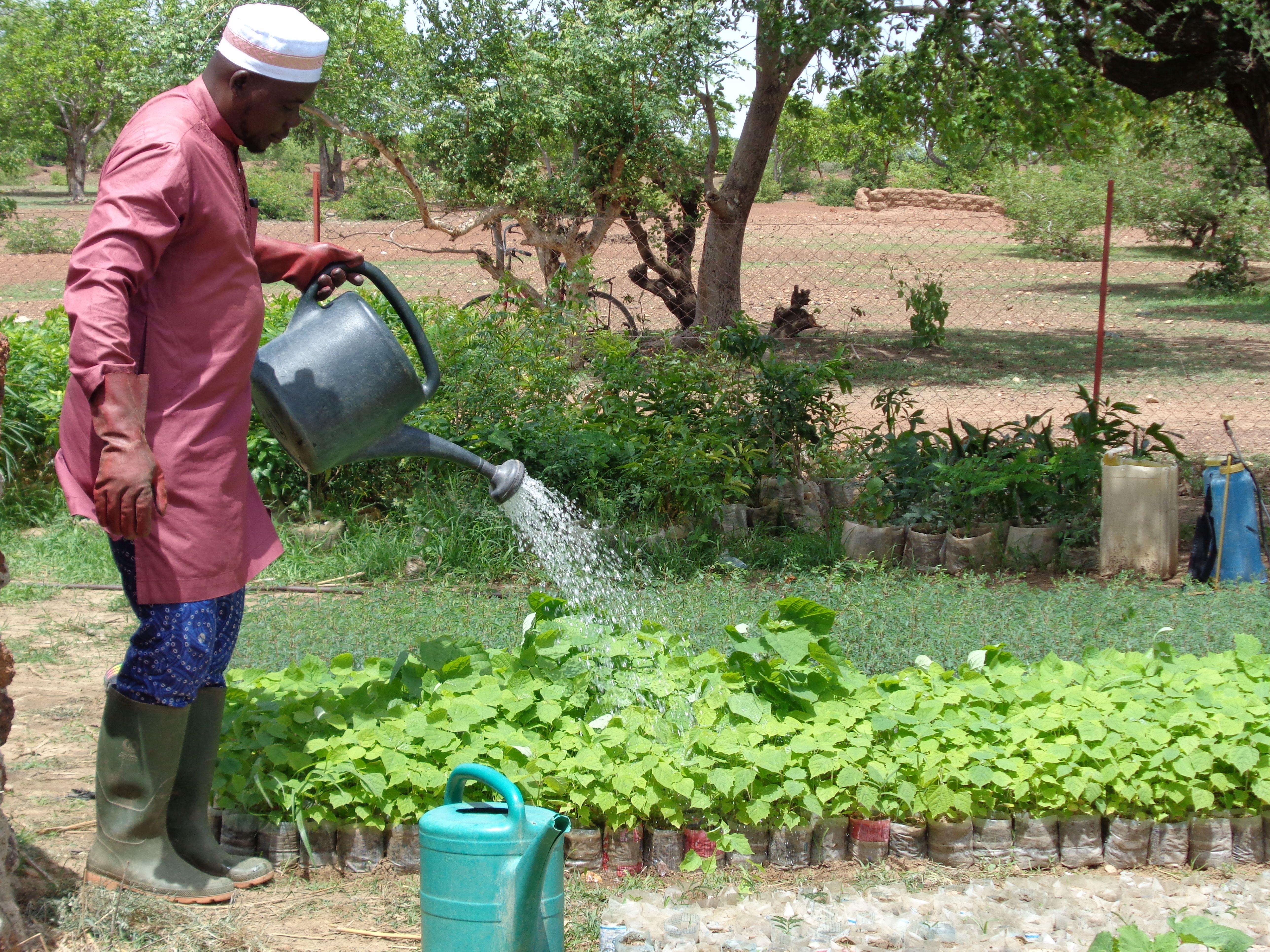It is key to ensure that information about new technologies is accessible, practical, and relevant to local contexts.
Key technologies promoted include drip irrigation for tomatoes, which helps farmers conserve water and increase yields; soil rejuvenation using Mucuna, a leguminous cover crop that improves soil fertility; and onion nursery establishment and disease control, which supports healthier crop development.
Other examples include nematode management in vegetable crops to reduce pest-related losses, and home-based chick rearing to support income generation for women and youth. These technologies are selected for their practicality, affordability, and relevance, and are shared through participatory radio programs, SMS alerts, and community ICT hubs.
Special attention is given to addressing gender and age-related barriers to adoption, ensuring that all groups have equal opportunities to benefit.
